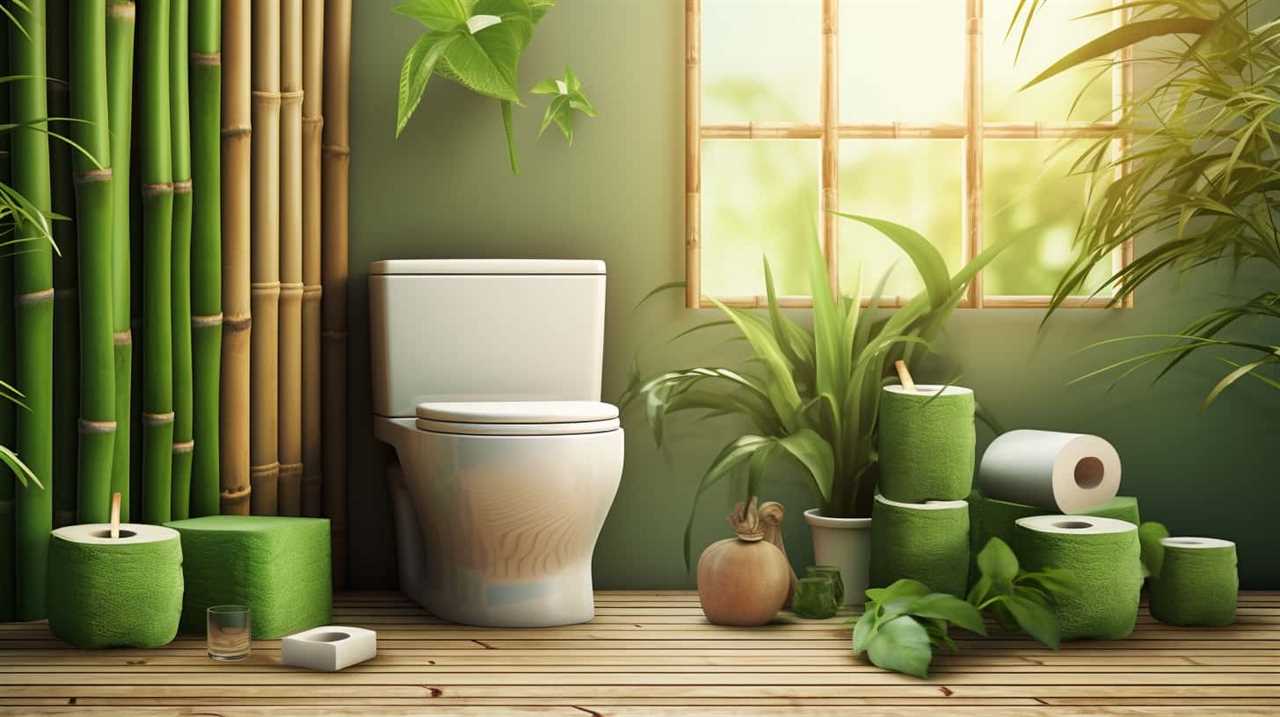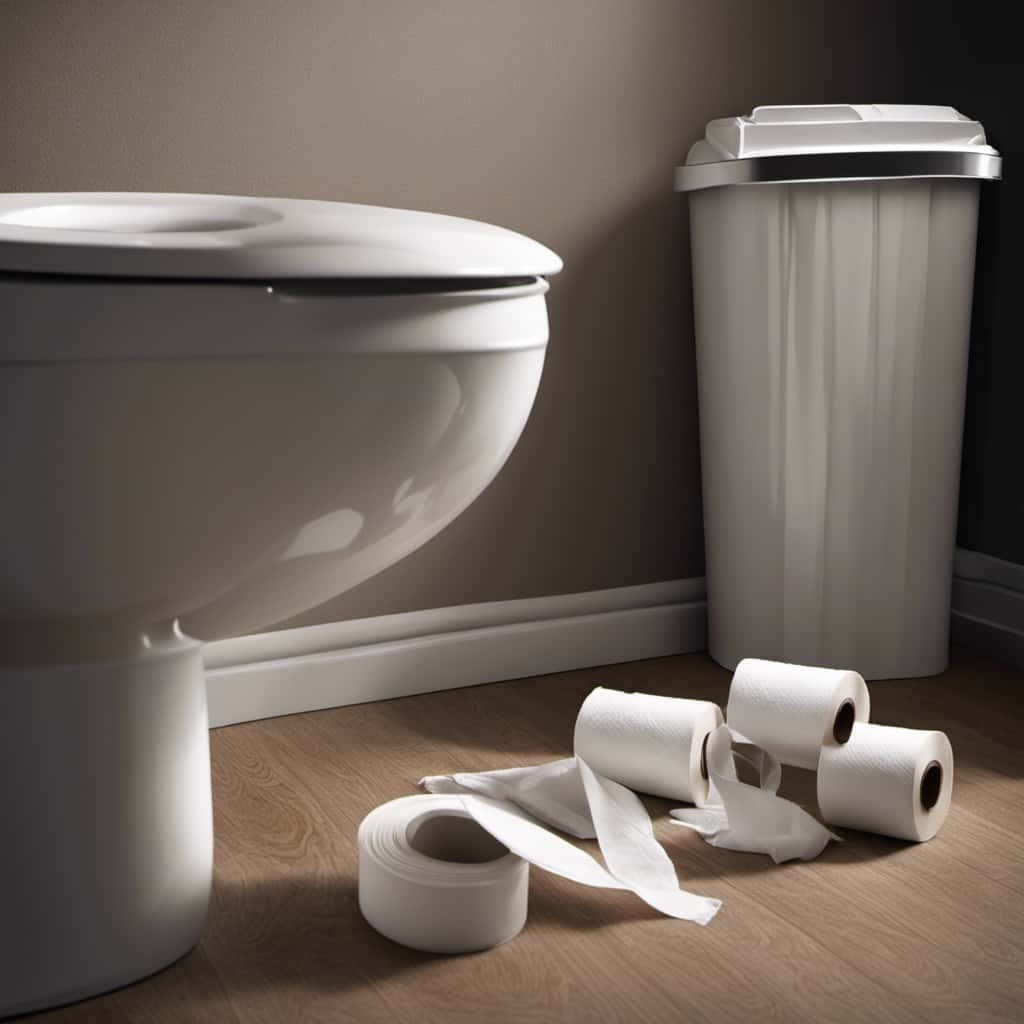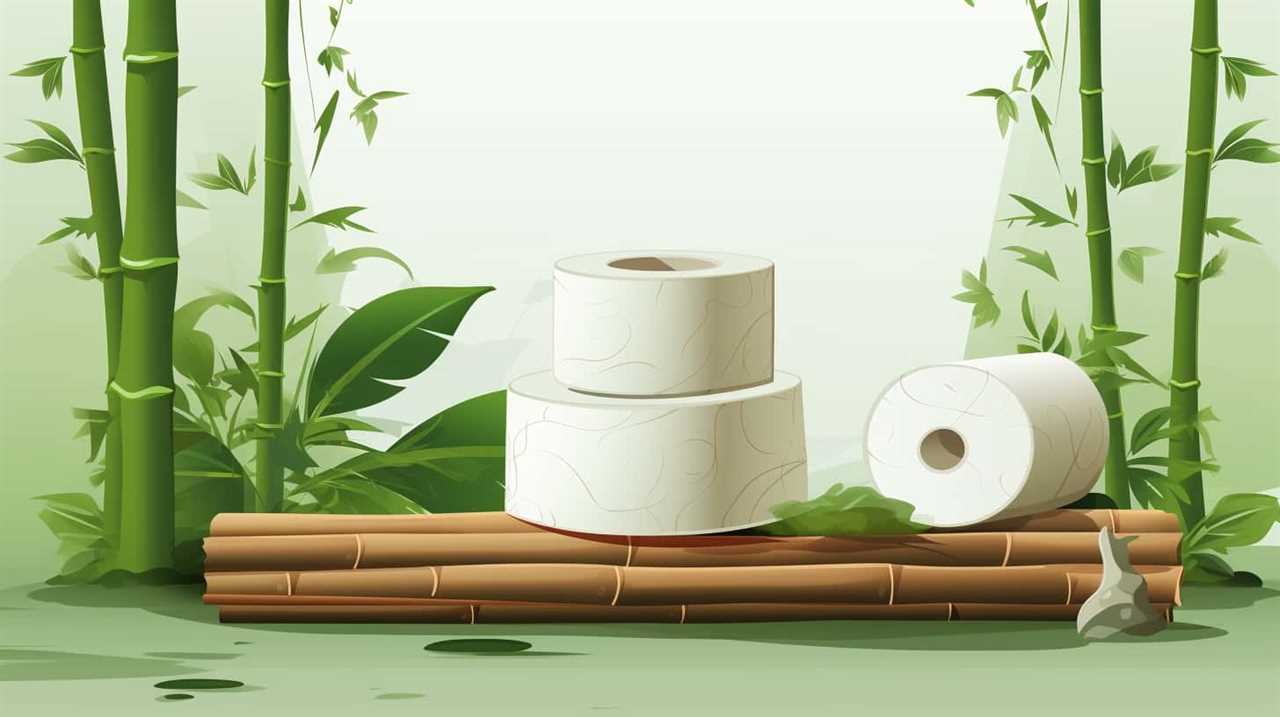- Importance of regular maintenance for toilet flapper and flush valves
- Common DIY troubleshooting tips for fixing faulty flapper valves or flush valves in toilets
Have you ever felt the frustration of a toilet that refuses to flush properly? It’s like trying to climb a mountain with a broken compass. We’ve all been there.
Luckily, we’re here to help you navigate through the murky waters of toilet troubles. In this article, we’ll explore the possible culprits behind your toilet’s lackluster flushing performance. From partial blockages to faulty valves, we’ll break down the technicalities to give you a clear path to a functioning throne.
Let’s dive in.
Key Takeaways
- A partial blockage in the toilet’s trap, caused by debris accumulation, can lead to slow draining, gurgling noises, and water backing up in the bowl.
- A faulty flapper valve or flush valve can result in improper flushing, with the flapper valve becoming worn or damaged over time and the flush valve malfunctioning.
- Low water levels in the toilet tank can affect flushing efficiency, which can be caused by inadequate water supply, a clogged fill valve, or water pressure issues.
- Malfunctioning toilet handles or chains can cause flushing issues, with the handle becoming loose or disconnected and the chain becoming tangled or too loose. Regular maintenance and inspection can prevent these problems.
Partial Blockage in the Toilet’s Trap
We’ve discovered a partial blockage in the toilet’s trap, which is causing the flushing problem. Signs of a partial blockage include slow draining, gurgling noises, and water backing up in the bowl. The trap is the curved section of the toilet drain that holds water and prevents sewer gases from entering the bathroom.
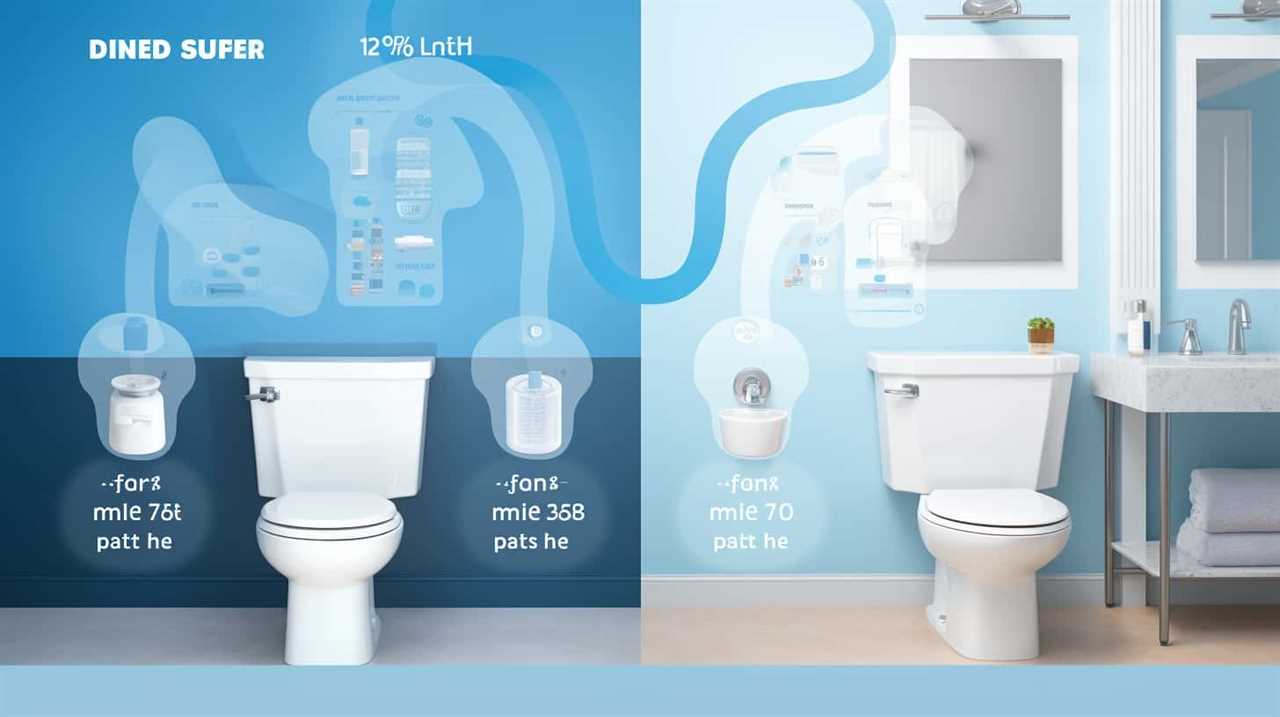
Maintaining the toilet trap is crucial for proper functioning. Over time, debris such as hair, toilet paper, and foreign objects can accumulate in the trap, restricting the flow of water and causing a partial blockage. Regular toilet trap maintenance, such as using a plunger or a toilet auger, can help clear minor blockages.
However, if the blockage persists or worsens, it may indicate a more significant issue, such as a faulty flapper valve or flush valve, which we’ll discuss in the subsequent section.
Faulty Flapper Valve or Flush Valve
One possible cause for the toilet not flushing properly could be a faulty flapper valve or flush valve. The flapper valve is responsible for sealing the toilet tank and allowing water to flow into the bowl during a flush. Over time, the flapper valve can become worn or damaged, resulting in a poor seal and inadequate water flow.
Similarly, the flush valve, which controls the release of water from the tank, can also malfunction and impede the flushing process. To troubleshoot this issue, start by inspecting the flapper valve for any signs of wear or damage. If necessary, a toilet flapper replacement may be required to restore proper flushing.
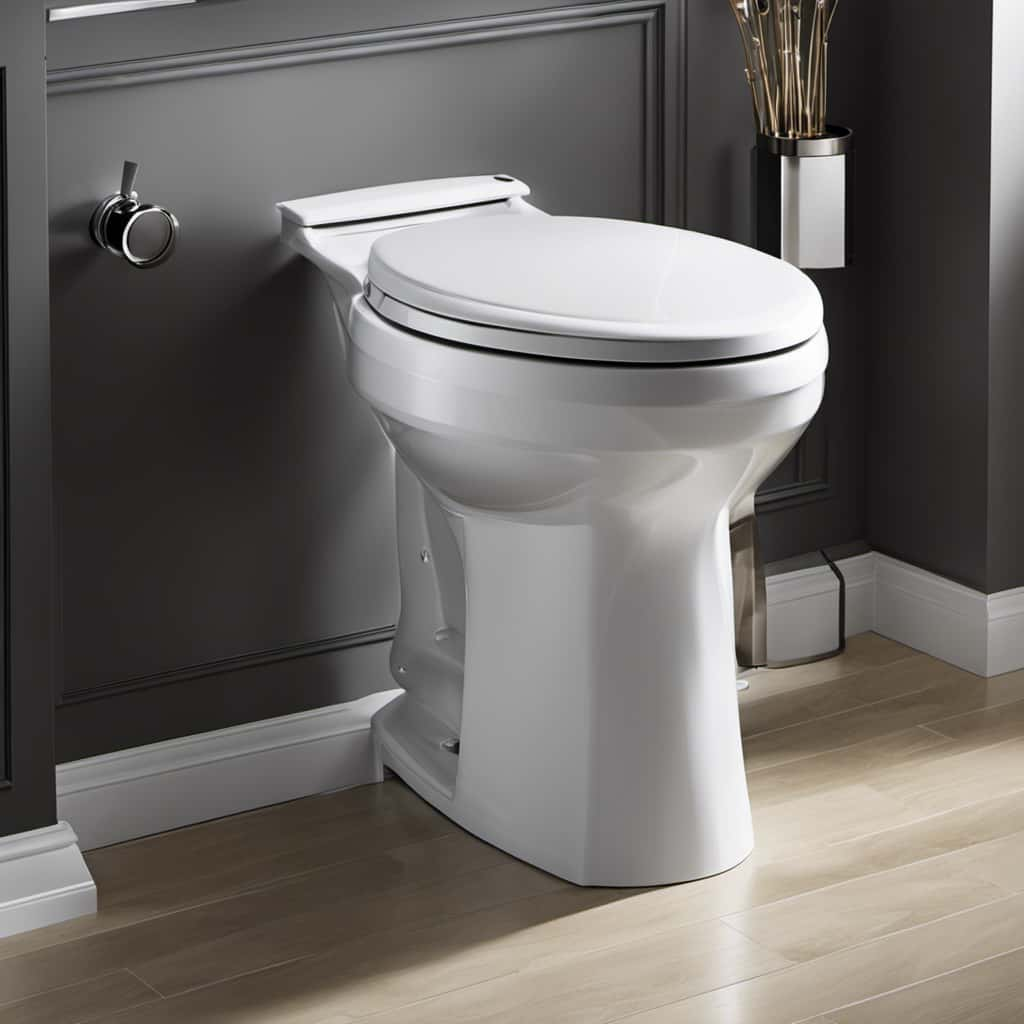
Additionally, check the flush valve for any clogs or obstructions, and ensure that it’s functioning correctly. By addressing these potential issues, you can resolve the problem of a toilet not flushing properly.
Low Water Level in the Toilet Tank
Our toilet may not be flushing properly due to a low water level in the tank. When the water level in the tank is too low, it may not provide enough force to effectively flush away waste. To address this issue, it’s important to understand the key factors contributing to low water levels in the toilet tank.
Here are some potential causes:
- Inadequate water supply: Check if the shut-off valve is fully open to ensure sufficient water flow into the tank.
- Clogged fill valve: Sediment buildup or debris can obstruct the fill valve, reducing the amount of water entering the tank.
- Water pressure issues: Low water pressure can result in insufficient water supply to the toilet tank, affecting the flushing mechanism.
Regular toilet tank maintenance, such as cleaning the fill valve and ensuring proper water pressure, can help maintain an adequate water level and improve flushing performance.
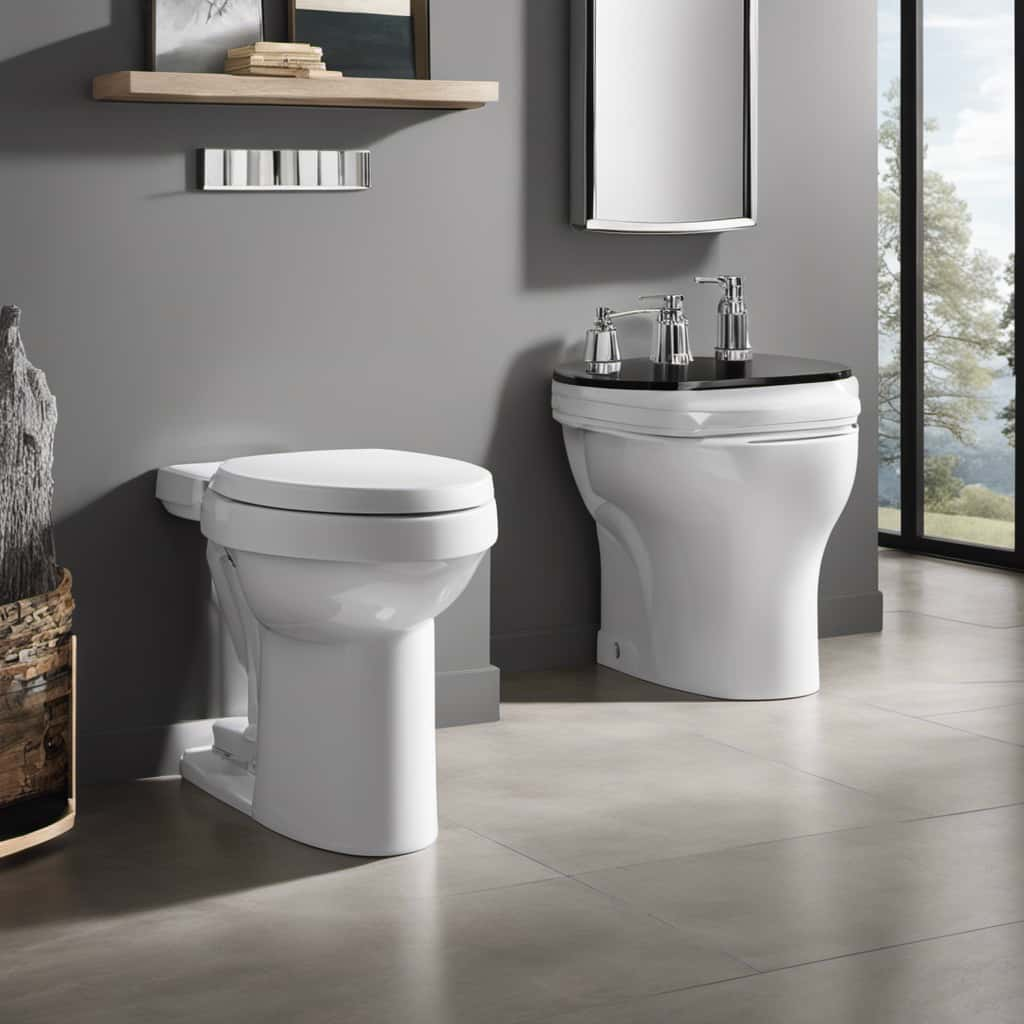
Malfunctioning Toilet Handle or Chain
To address the issue of a malfunctioning toilet handle or chain, it’s important to check for any potential problems that may be causing the flushing mechanism to not work properly.
One common problem with the toilet handle is that it may become loose or disconnected from the flushing mechanism. In this case, tightening the handle or reattaching it to the flushing mechanism may solve the problem.
Additionally, the toilet chain may become tangled or too loose, preventing the proper lifting of the flapper. Troubleshooting toilet chains involves checking for any tangles or knots and adjusting the chain length if necessary.
Regular toilet handle maintenance and periodic inspection of the toilet chain can help prevent these issues from occurring.
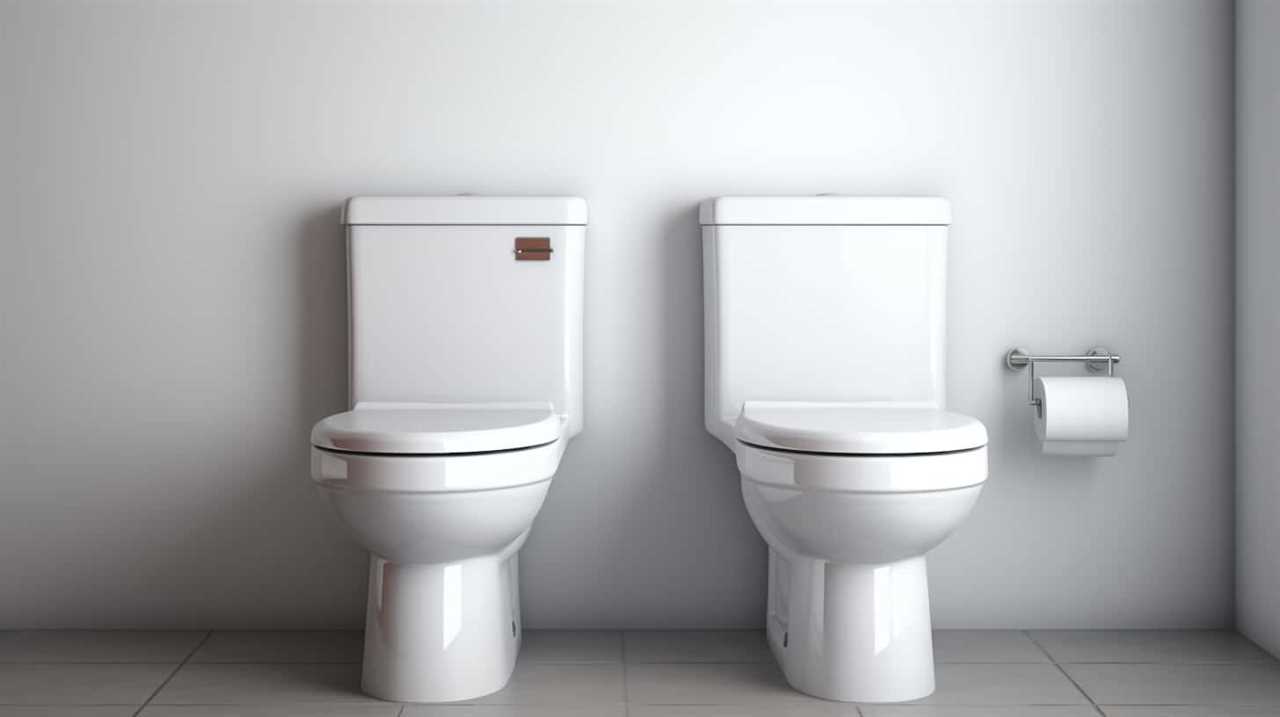
If the toilet handle or chain isn’t the problem, it may be necessary to investigate other issues with the toilet’s plumbing or sewer line.
Issues With the Toilet’s Plumbing or Sewer Line
If the toilet handle or chain isn’t the issue, we may frequently encounter problems with the toilet’s plumbing or sewer line. These issues can cause a toilet to not flush properly, even if it isn’t blocked.
Some common problems include:
- Clogged toilet drain: A blockage in the drain pipe can prevent proper flushing. This can be caused by excessive toilet paper, sanitary products, or foreign objects.
- Issues with the toilet’s water supply line: If there’s a problem with the water supply line, such as a leak or low water pressure, it can affect the flushing mechanism. This can result in weak or incomplete flushes.
It is important to address these plumbing or sewer line issues promptly to ensure that the toilet functions properly. A professional plumber may be needed to diagnose and fix the problem.
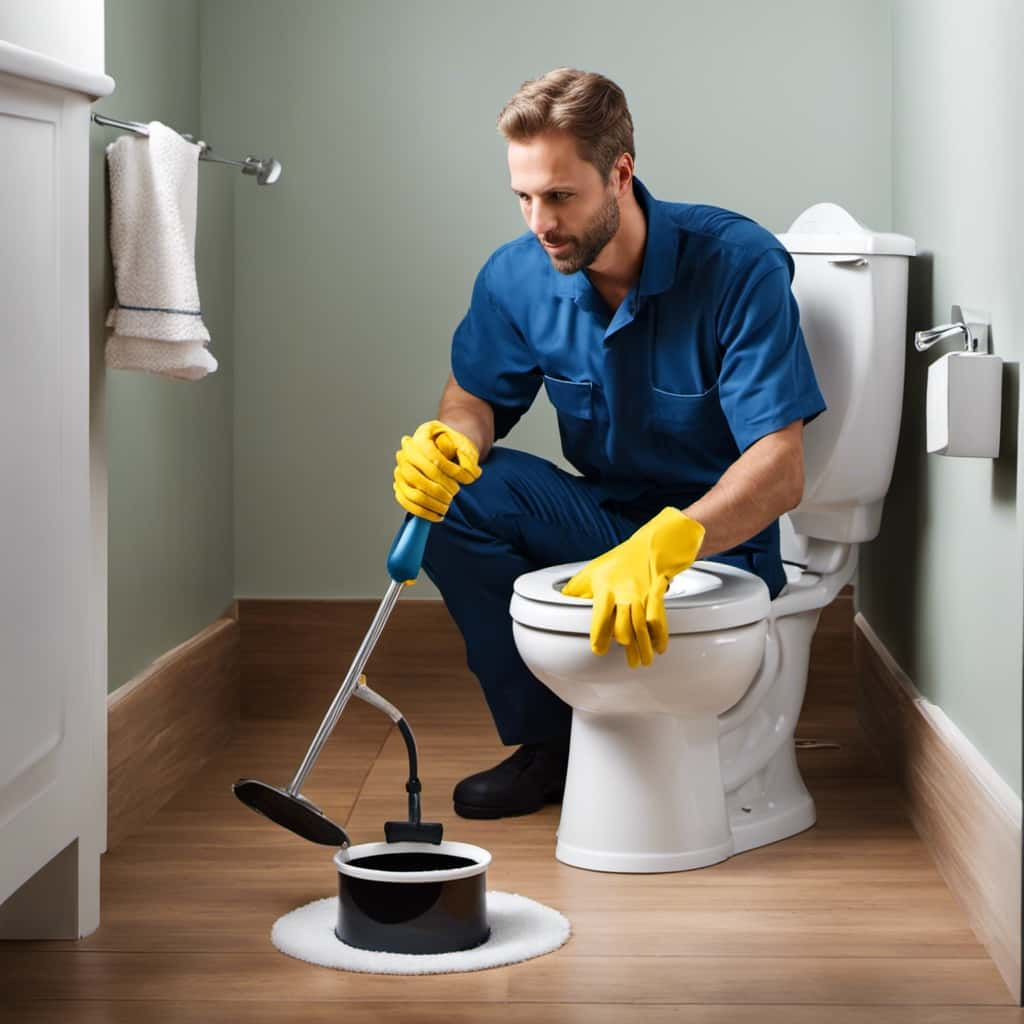
Frequently Asked Questions
How Can I Tell if My Toilet Has a Partial Blockage in the Trap?
When checking for a partial blockage in the trap, we can observe if water is slow to drain or if the water level in the bowl rises higher than normal after flushing. These are common signs to troubleshoot the issue.
What Are the Signs of a Faulty Flapper Valve or Flush Valve in a Toilet?
When a toilet is not flushing properly, it could be due to a faulty flapper valve or flush valve. Regular maintenance is important to prevent issues and DIY troubleshooting tips can help fix these valves.
How Can I Fix a Low Water Level in the Toilet Tank?
To increase water pressure in the toilet tank, we must troubleshoot a weak toilet flush. By checking the fill valve, adjusting the water level, or cleaning the rim holes, we can fix the low water level issue.
What Should I Do if the Toilet Handle or Chain Is Malfunctioning?
If the toilet handle or chain is malfunctioning, we should troubleshoot and consider replacing the chain. This will ensure proper flushing and prevent any further issues with the toilet’s functionality.
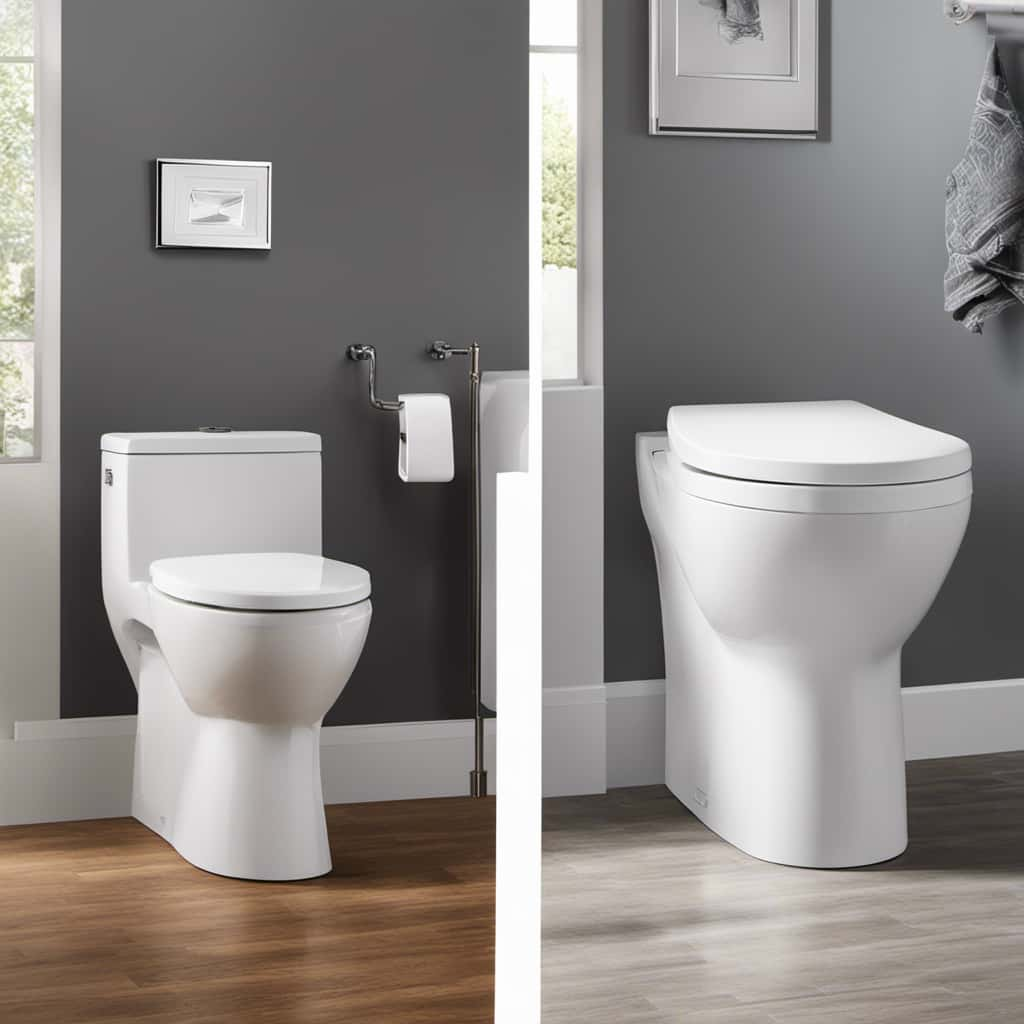
What Are Some Common Issues With a Toilet’s Plumbing or Sewer Line That Can Cause Improper Flushing?
When it comes to flushing issues, common culprits include toilet bowl cracks and a clogged sewer vent. These problems can prevent proper flushing and require attention from a professional plumber.
Conclusion
In conclusion, troubleshooting a toilet that isn’t blocked but not flushing properly can be a frustrating experience. However, by identifying the potential causes such as a partial blockage, faulty valves, low water levels, or issues with the toilet’s plumbing or sewer line, you can take the necessary steps to resolve the problem.
Remember to check each component thoroughly and seek professional assistance if needed. Don’t let a malfunctioning toilet dampen your spirits, tackle the issue head-on for a smoother and more enjoyable bathroom experience.

